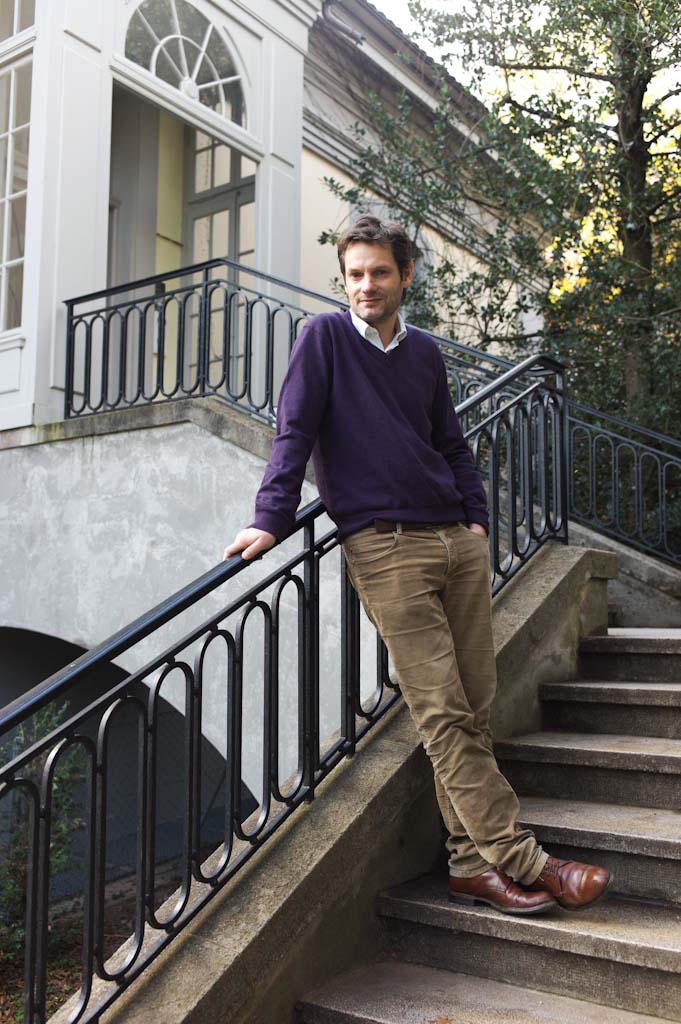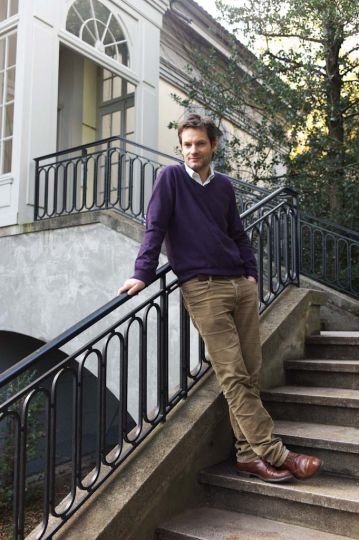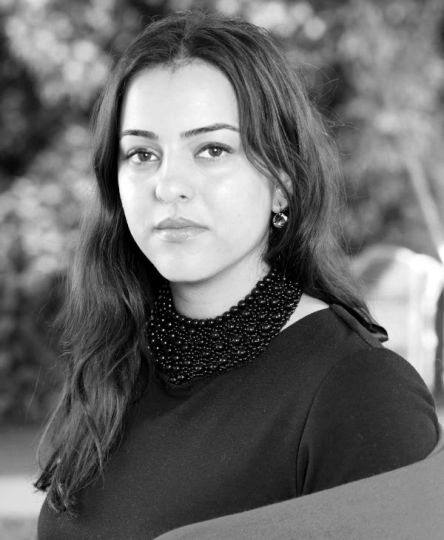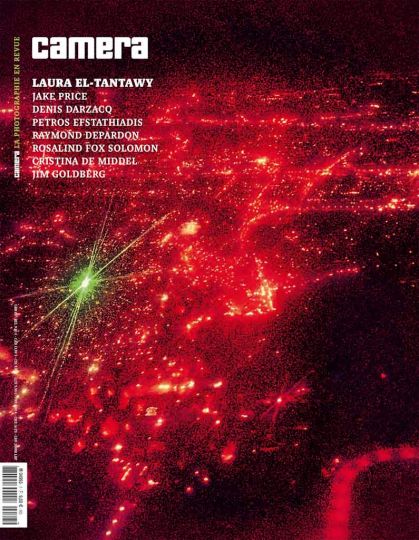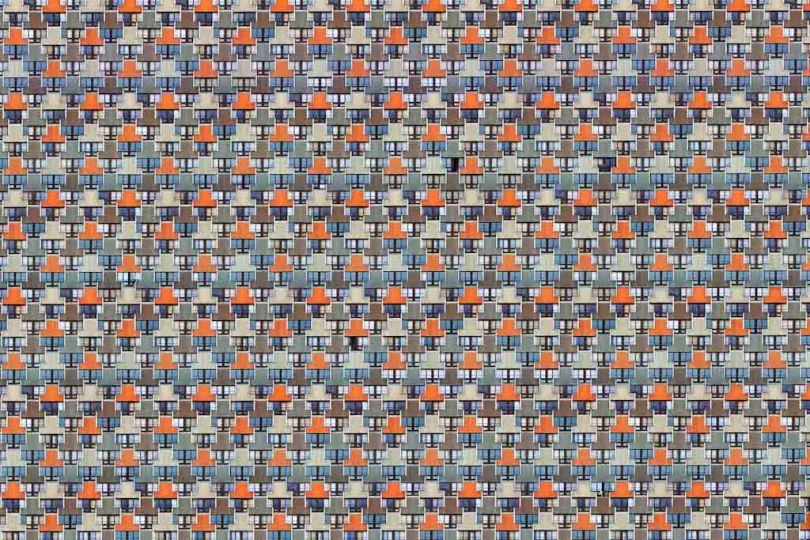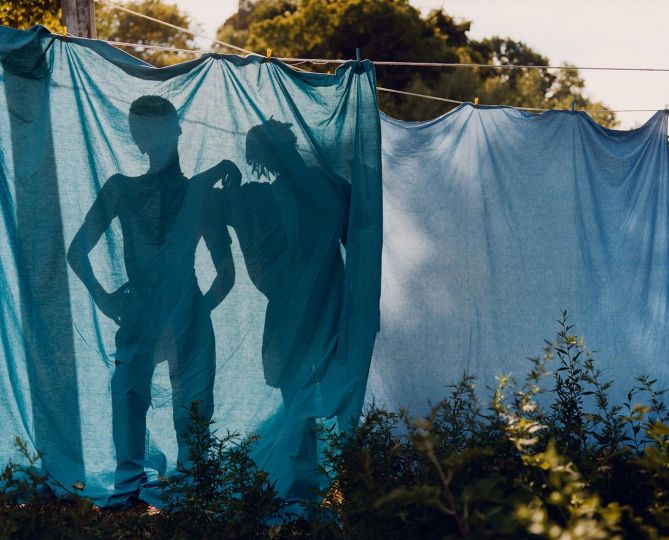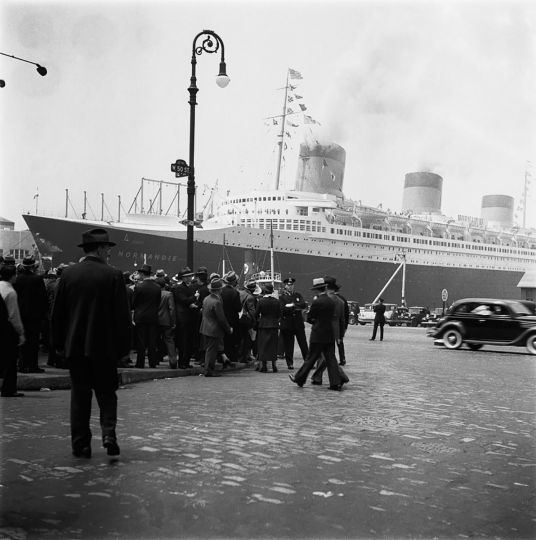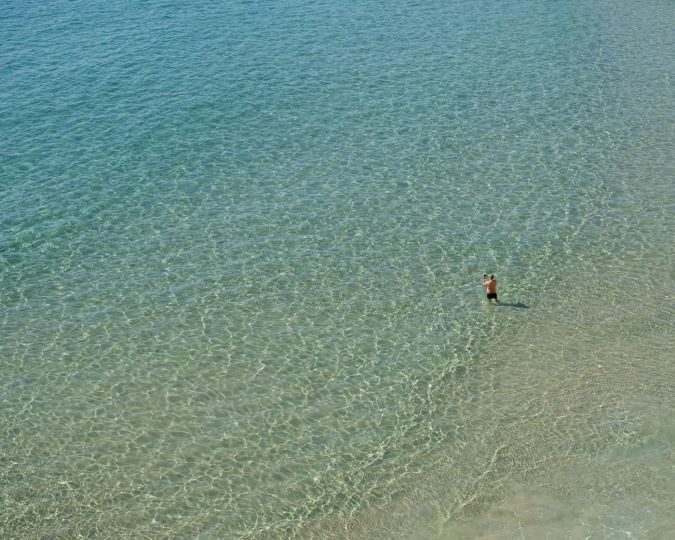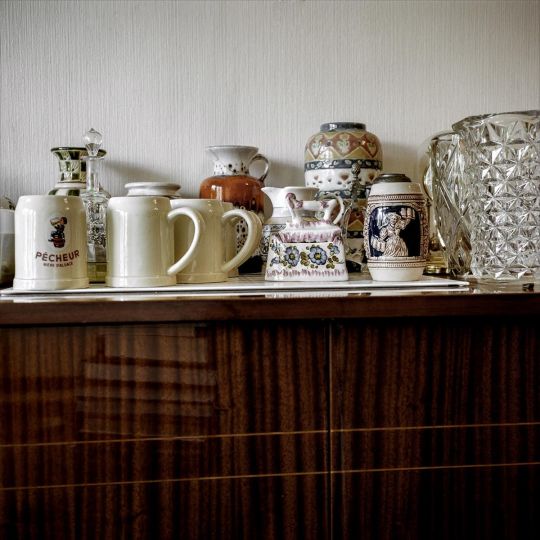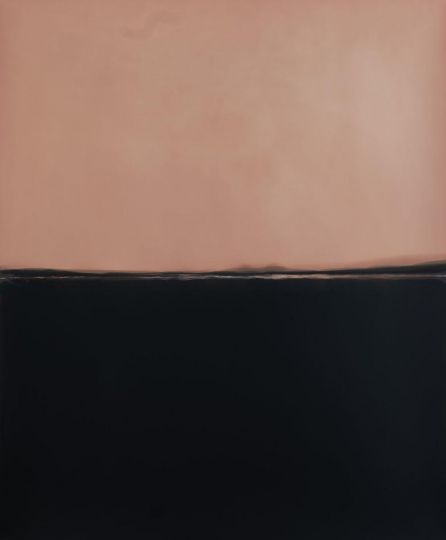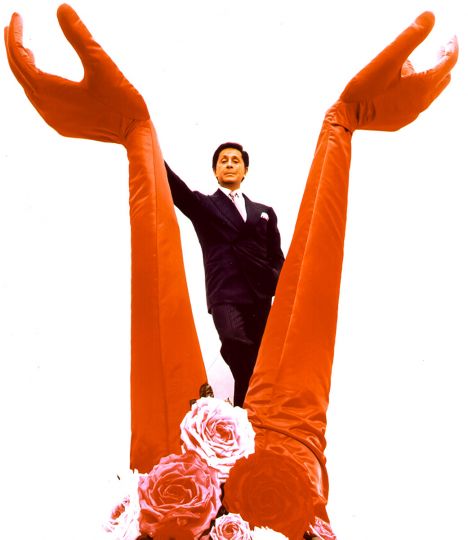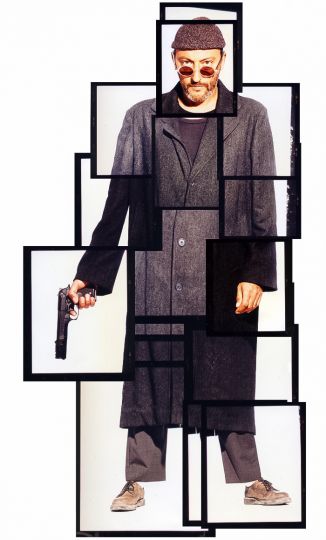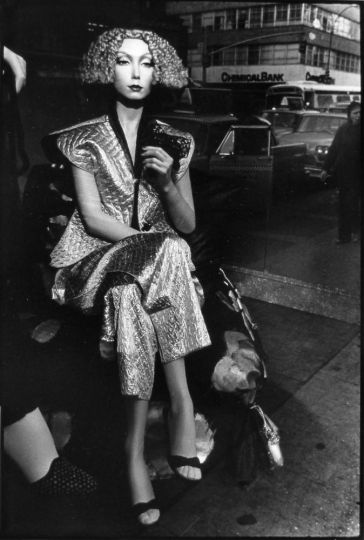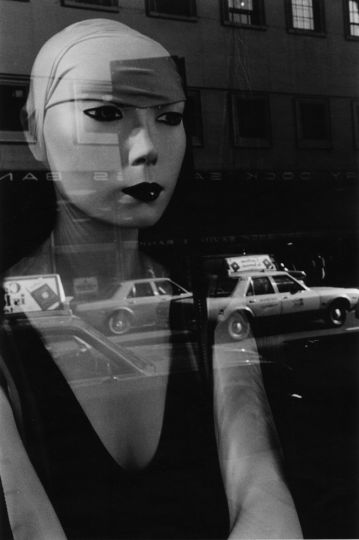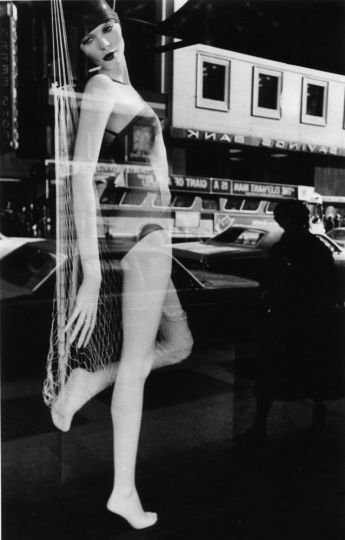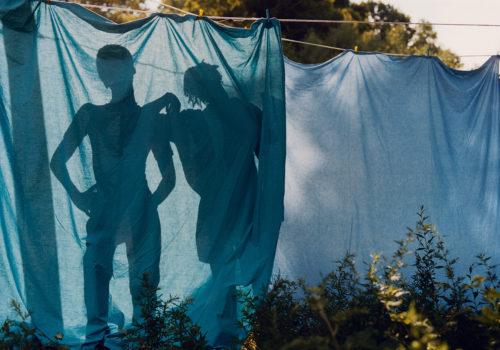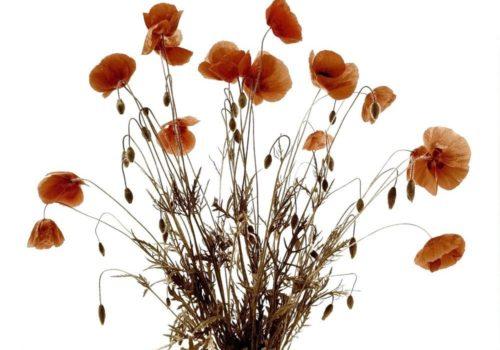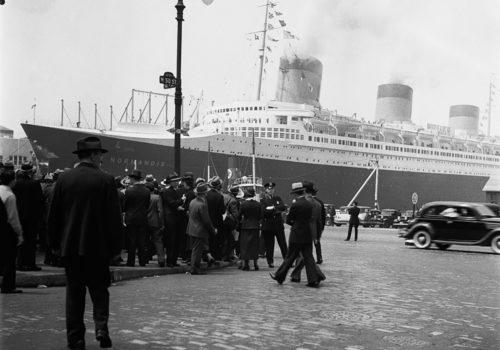Sam Stourdzé wrote this text on the French newspaper Libération yesterday. Thanks to him for sharing it with us.
The tumultuous relationship between artists, patrons and cultural players: striking a balance between vigilance and support.
With the 2009 creation of the Prix Carmignac Gestion Photojournalism Award, worth 50,000 euros, the Fondation Carmignac made clear the values it stands for: “In harmony with the values of courage and independence, of transparency and sharing […], Carmignac Gestion is standing up for a personal and politically engaged vision.” Today the prize is recovering from a crisis, and we hope the recovery will be full and swift. In early September, the latest winner, Iranian photographer Newsha Tavakolian, announced that she would return the prize and its 50,000€ grant, citing an unacceptable infringement on her artistic freedom by the prize’s sponsor.
Last November, when I agreed to join the prize’s jury on a voluntary basis, I did so because the prize answered the needs of the profession. We know the financial difficulties artists face today. Our institutions have budgets to fund exhibitions, but rarely can they get involved in the initial production a work of art. The situation is especially grave for photojournalists, since their projects often require considerable funding, and the press, which could once support their work, has made drastic budget cuts. Over the past few years, several prizes have flourished, including some, like the Prix Carmignac Photojournalism Award, with generous endowments. They have become an indispensable resource for artists.
We, the cultural institutions, have tacitly delegated the task of funding artistic production to private partners: the artist creates, the partner finances and the institution supports the artistic choice. I am not here to denounce this system. I would even say that I support it, not
due to any economically liberal conviction, but to a pragmatic one.
With its selection of Newsha Tavakolian, the jury wanted to send a strong signal by encouraging a young Iranian photographer living to Tehran and offering an inside representation of her country, one free from the usual clichés. With great subtlety, Tavakolian endeavors to document middle-class Iranian existence.
Naturally, during our deliberations, we wondered whether the photographer would be able to work freely, or if she would encounter any difficulties with her country’s political and religious authorities. But not for a moment did we imagine that problems would come from within. Funding a prize does not give one the right to intervene in an artist’s work, a lesson the Fondation Carmignac learned at its own expense. The proper governance of a prize lies in a clear statement of its rules. Failure to respect them breaks the moral contract between the artist, the partner and the institution.
Read the full article on the French version of L’Oeil.
Sam Stourdzé is the former director of the Musée de l’Elysée and the current director of the Rencontres d’Arles. He was a member of the jury of the 5th edition of the Prix Carmignac Gestion.

